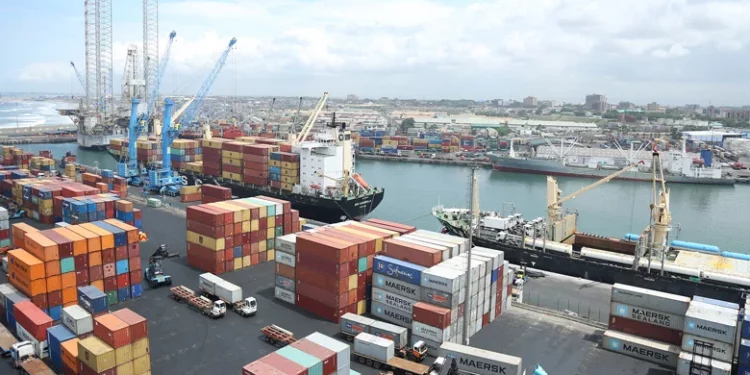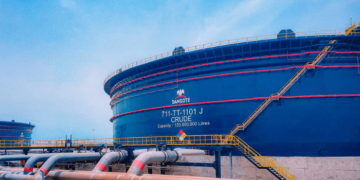Closing an $80 Billion Trade Finance Gap in Sub-Saharan Africa Could Generate $133 Billion Annually – GHIB
Dean Adansi, Chief Executive Officer of Ghana International Bank (GHIB), has unveiled a financing blueprint aimed at breaking Africa’s heavy reliance on raw commodity exports by boosting local processing capacity.
Speaking to the BBC on the sidelines of the GHIB CONVERGE 2025 conference in London, Adansi argued that closing sub-Saharan Africa’s estimated US$80 billion trade finance gap could unlock an additional US$133 billion annually in GDP, creating jobs and strengthening domestic capital markets.
“for every US$1 of trade, there is a US$1.70 impact on GDP, meaning that closing an US$80 billion trade finance gap in sub-Saharan Africa could generate an additional US$133 billion annually. The consequences are significant; in jobs, in revenues, and in building the local savings needed to strengthen domestic capital markets,” he said.
“Africa’s share of global trade is under three percent, largely because many exporters cannot access the financing needed to industrialise locally,”
He cited structural barriers including shallow capital markets, costly working capital, and weak infrastructure.
“Interest rates in many African countries are significantly higher than in the West, making it almost impossible for smaller exporters to obtain the capital to process goods before export,” he said.
Adansi stressed that every US$1 of trade generates a US$1.70 GDP impact, underscoring the potential of targeted trade finance to drive industrial growth. He explained that GHIB, operating from London for 65 years, is partnering with local West African banks to make them more attractive to international lenders, enabling them to finance small and medium exporters.
According to him over the past five years, GHIB has facilitated over US$14 billion in trade flows, with 2024 downstream payments to West Africa exceeding US$8.5 billion.
The GHIB chief outlined a plan to introduce specialised commodity finance tools, including pre-export financing linked to off-take agreements, inventory financing, and equipment leasing tailored to the needs of processing industries.
He cited missed opportunities such as a recent US$10 million onion contract for Senegal fulfilled by European suppliers because African producers could not secure funds to process their own output.
Research presented at the conference showed that increasing Africa’s value-added exports from 14 to 25 percent could generate over US$50 billion in extra annual revenue and millions of industrial jobs. Ghana’s recent gains in cocoa processing and gold refining were highlighted as proof of what targeted finance can achieve.
However, Adansi cautioned that finance alone will not be enough, calling for parallel investments in power supply, transport networks, skilled labour, and regulatory reforms that favour processed exports.
He also pointed to the African Continental Free Trade Area (AfCFTA) as a chance to develop regional-scale processing hubs, supported by digital platforms, blockchain certification, and environmental finance to attract premium prices for sustainably processed goods.
GHIB’s approach relies on partnerships between commercial banks, development finance institutions, and governments, with pilot projects planned in key commodity sectors. “If we can build value chains that keep more processing on African soil, the gains will be felt not just in GDP, but in livelihoods,” Adansi said.








